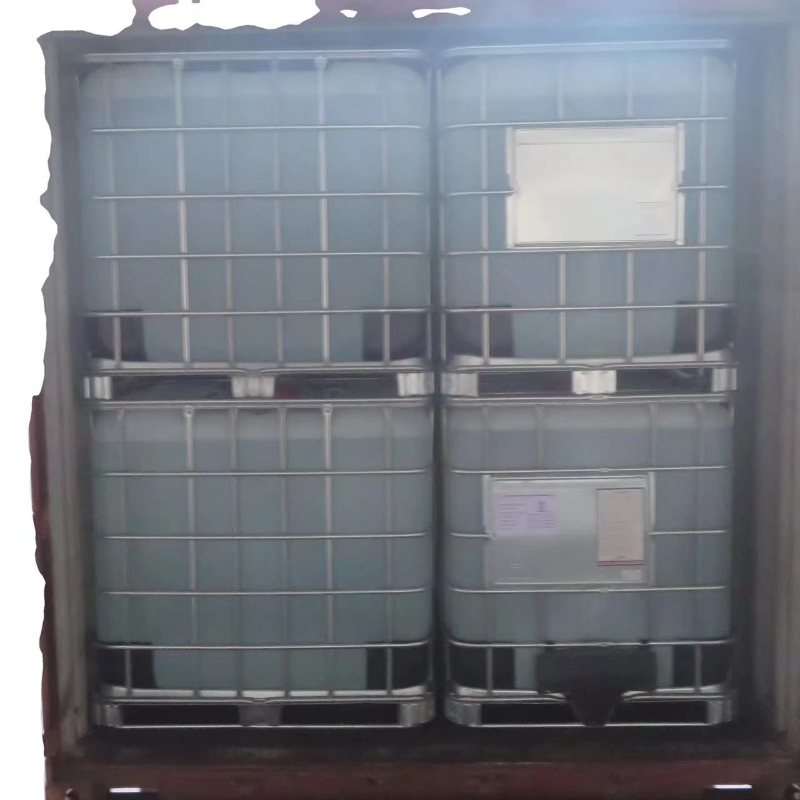-
Categories
-
Pharmaceutical Intermediates
-
Active Pharmaceutical Ingredients
-
Food Additives
- Industrial Coatings
- Agrochemicals
- Dyes and Pigments
- Surfactant
- Flavors and Fragrances
- Chemical Reagents
- Catalyst and Auxiliary
- Natural Products
- Inorganic Chemistry
-
Organic Chemistry
-
Biochemical Engineering
- Analytical Chemistry
- Cosmetic Ingredient
-
Pharmaceutical Intermediates
Promotion
ECHEMI Mall
Wholesale
Weekly Price
Exhibition
News
-
Trade Service
(1,3)-beta-D-glucosamine has been widely used in clinical practice to diagnose invasive Candide infection.
, however, this serum biomarker has the potential to guide antimicrobial therapy to reduce the time it takes to receive empirical antifellar treatment for patients with critical sepsis suspected of immersive Candide.
recently, a study published in Critical Care, an authoritative journal in critical care medicine, is a single-center, randomized, open-label clinical trial in patients with severe illnesses admitted to the ICU.
All patients with sepsis who developed risk factors for invasive candititis infection and started empirical antifive treatment were randomly assigned (ratio 1:1) to a control group that stopped antifive fungal therapy (1,3)-beta-D-glucosin-negative cessation of antifive fungal therapy or continued antifive treatment in accordance with clinical rules.
serum (1,3)-beta-D-glucosamine levels every 48/72h at the time of entry into the group and within 14 days of treatment.
end of the study was the 30 days of antifelgial treatment after hospitalization.
researchers randomly divided 108 patients into (1,3)-beta-D-glucosamine group (n=53) and control group (n=55).
(1,3)-beta-D-glucosaccharide group had a medium duration of 2 days for antifalal therapy in the glucosaccharide group, compared with 10 days in the control group (the absolute difference between the two groups averaged 6.29 days (95% CI was 3.94-8.65) and p.lt;0.01).
30-day mortality rate in the beta-D-glucosamine group (28.3% vs. The total occurrence of candylobacteria (11.3% vs. 12.7%, p,0.94), mechanical breathing time (p=0.97) and ICU dwell time (p=0.23) was similar to that of the control group.
Thus, it can be seen that in patients with severe sepsis, patients admitted to the ICU and associated with the risk of immersive candia, the use of (1,3)-beta-D-glucosaccharide guidance strategy can reduce the duration of empirical antifellar treatment.
, however, the security of this strategy needs to be further validated in large-scale multi-center clinical trials in the future.
.







